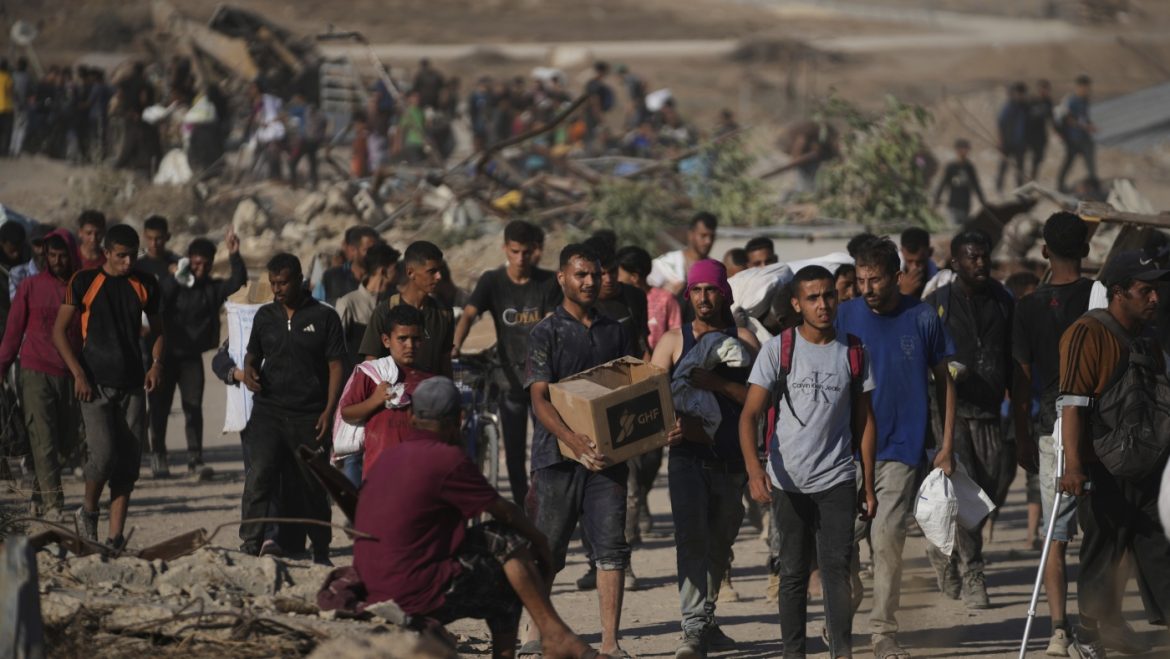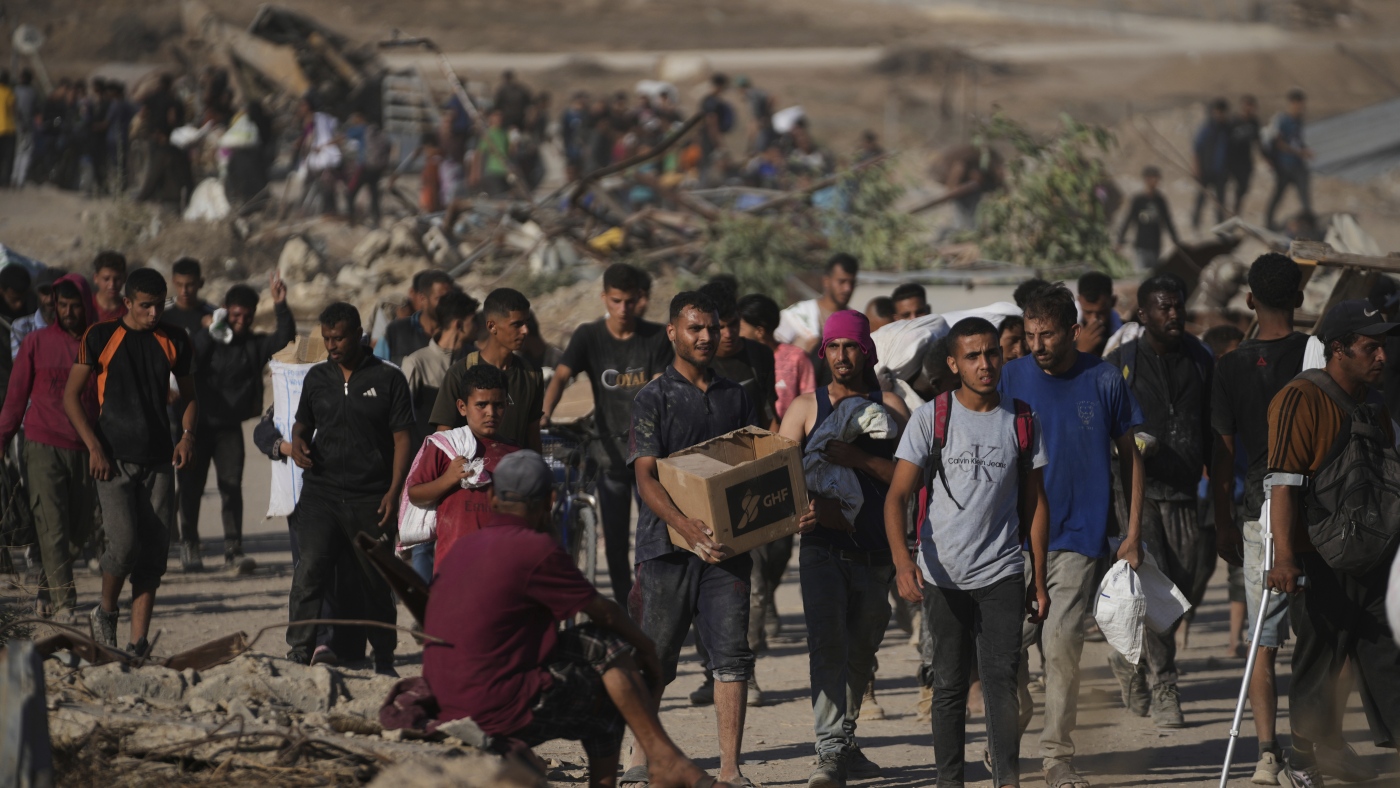The recent Haaretz report revealing allegations by multiple anonymous Israeli soldiers about orders to fire at unarmed Palestinians near food distribution sites in Gaza has ignited intense controversy and condemnation from various quarters. This development needs to be dissected within the broader context of Gaza’s humanitarian crisis, military operations, and the complexities of aid logistics in this entrenched conflict zone.
According to the Haaretz piece, firsthand testimonies from soldiers paint a grim picture: commanders allegedly instructed troops to shoot at civilians who were gathering near food aid sites starting from May 27. Soldiers describe their posts near these distribution points as literal “killing fields,” with claims of daily casualties. Gaza’s Health Ministry reports over 500 Palestinians killed and more than 4,000 wounded in such incidents across the blockade period. These testimonies are not merely anecdotal but part of a pattern of near-daily shootings at Palestinians trying to access food aid. The report details how shifts in the distribution mechanism—now involving Israeli and US-backed organizations like the Gaza Humanitarian Foundation (GHF)—have contributed to chaotic and deadly scenes as desperate civilians converge to obtain sustenance under dire conditions.
For over 11 weeks, Gaza has been under a stringent Israeli blockade severely restricting access to essential supplies, including food and medical aid. The United Nations had been largely unable to deliver critical supplies, with only recently some medical materials permitted entry. The region simultaneously faces widespread destruction, displacement, and disrupted governance, compounding the difficulties in aid distribution. Aid distribution sites, intended as beacons of relief, have paradoxically become flashpoints for violence. Crowds of hungry civilians, facing starvation and deprivation, risk their lives to approach these points, where security forces appear to apply lethal force. The US authorization of $30 million to the GHF, despite concerns about the operational risks and growing casualties, highlights the geopolitical entanglements in humanitarian efforts.
The claims of purposeful orders to fire upon food-seeking civilians raise substantial ethical and legal questions, potentially implicating violations of international humanitarian law. Israel’s leadership’s outright dismissal may reflect attempts to maintain domestic and international support but also risks further damaging its reputation amid mounting criticism from the United Nations and human rights organizations. The controversy over the control and weaponization of food aid illustrates systemic issues in conflict zones where humanitarian assistance becomes entwined with military strategy. The weaponization of aid not only jeopardizes its neutrality but also endangers the lives of vulnerable populations who rely on this support for survival.
The loss of hundreds of lives in such a short time period cannot be divorced from the larger narrative of Gaza’s suffering. Reports highlight mass shootings near aid points leading to daily fatalities—figures that reverberate well beyond statistics, embodying the desperation of civilians trapped in a cycle of hunger and violence. This situation exacerbates psychological trauma, social despair, and destabilization, hindering both immediate relief efforts and long-term prospects for peace. The humanitarian catastrophe unfolding in Gaza challenges global actors to reconsider approaches to conflict resolution, aid delivery, and accountability.
The revelations of Israeli soldiers describing “killing fields” near Gaza food distribution sites expose the ruthless intersection of military operations and humanitarian crises. These accounts demand serious reflection and scrutiny about the operational conduct of military forces, the safeguarding of civilians, and the sanctity of aid in conflict zones. Beyond rhetoric and denials, the unfolding tragedy in Gaza is a stark reminder that food—the most basic human need—can become a weapon and a battlefield. For meaningful change, international communities must press for transparency, independent investigations, and reforms in how aid is managed to prevent further loss of innocent lives. The gravity of the situation compels a reassessment of priorities: alleviating human suffering should take precedence over strategic or political objectives, fostering environments where humanitarian principles are honored even amid deeply entrenched conflicts. Only through such commitment can the cycle of “killing fields” give way to hope and healing.


